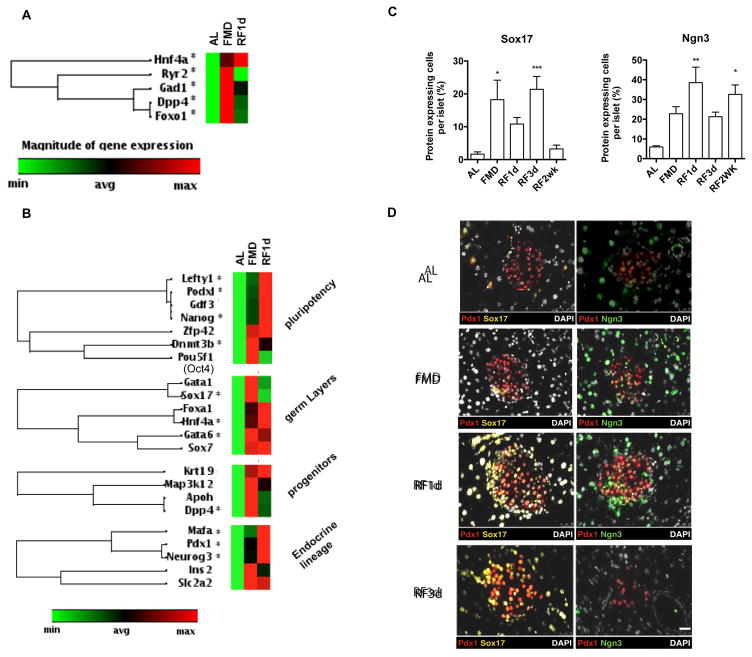Figure 4. Fasting mimicking diet (FMD) initiates metabolic reprogramming in pancreatic islets and stepwise redirect development of β cells in adult mice.
(A) mRNA expression profile indicating changes of metabolic genes in pancreatic islets and (B) mRNA expression profile indicating changes in lineage markers in pancreatic islets, at the end of 4d FMD (FMD) and 1d after refeeding (RF1d), comparing the ad libitum (AL) control; *p<0.05. t-test. Heat-map generated by Qiagen RT2 PCR array indicating a fold-regulation ranging from 77 (max, red) to −4 (min, green).
(C) Quantification of protein expressing cells of lineage markers in pancreatic islets, from mice fed AL or on FMD at indicated time points. Protein expression was defined as a marker+ area/total islet area. See also Figure S5B.
(D) Representative images of immunofluorescent staining indicating stepwise transition of Sox17/Pdx1 and Pdx1/Ngn3. Scale bar represents 50um.
Mice of the C57Bl6J background, at age 3–6 months, received no additional treatments other than the indicated diet. Pancreatic samples were collected from mice fed ad libitum (AL) or on the fasting mimicking diet (FMD) at indicated time points: the end of 4d FMD (FMD), 1 day after re-feeding (RF1d) and 3 days after re-feeding (RF3d); n=6 mice per group, ≥ 30 islets per marker.

